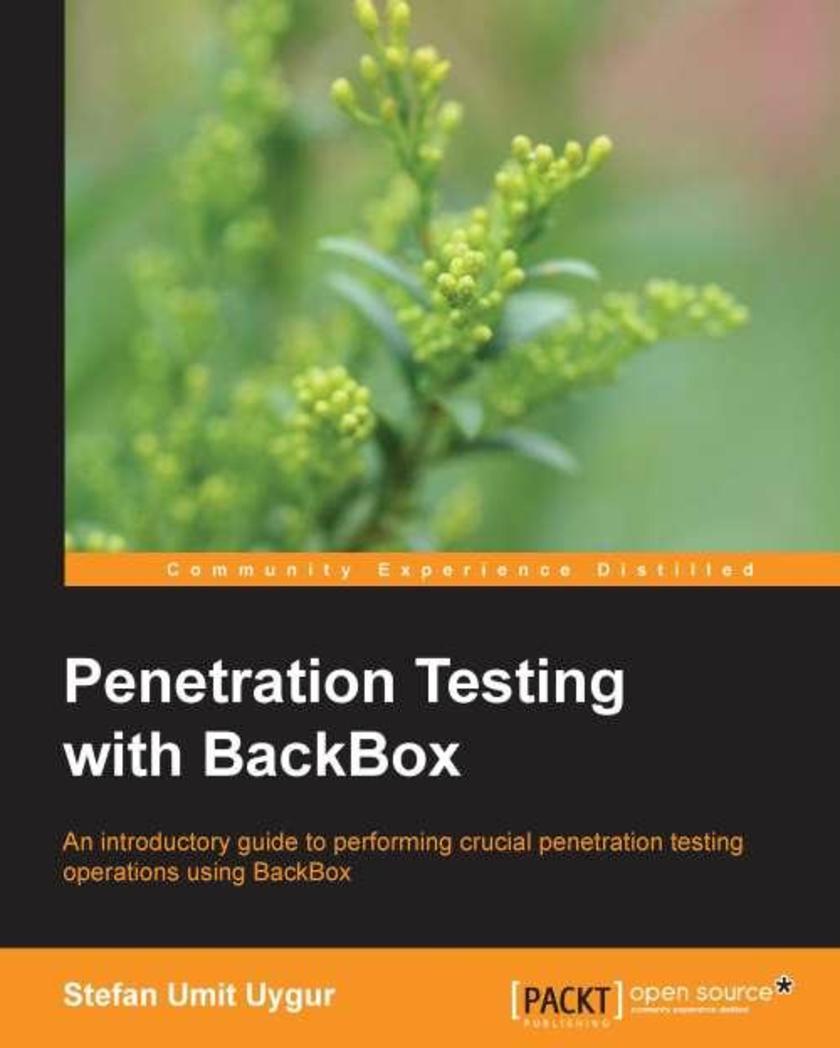
Penetration Testing with BackBox
¥54.49
This practical book outlines the steps needed to perform penetration testing using BackBox. It explains common penetration testing scenarios and gives practical explanations applicable to a realworld setting. This book is written primarily for security experts and system administrators who have an intermediate Linux capability. However, because of the simplicity and userfriendly design, it is also suitable for beginners looking to understand the principle steps of penetration testing.

ReSharper Essentials
¥54.49
A practical, handson guide that will help you to unleash the power of ReSharper to write better quality code. If you are a developer who is working with Visual Studio and are looking to make your work more efficient, this book is for you. It is most useful for new ReSharper users but those who are currently using it will also find many useful tips and references updated to the latest version (8.1). Prior knowledge of Visual Studio is a must.
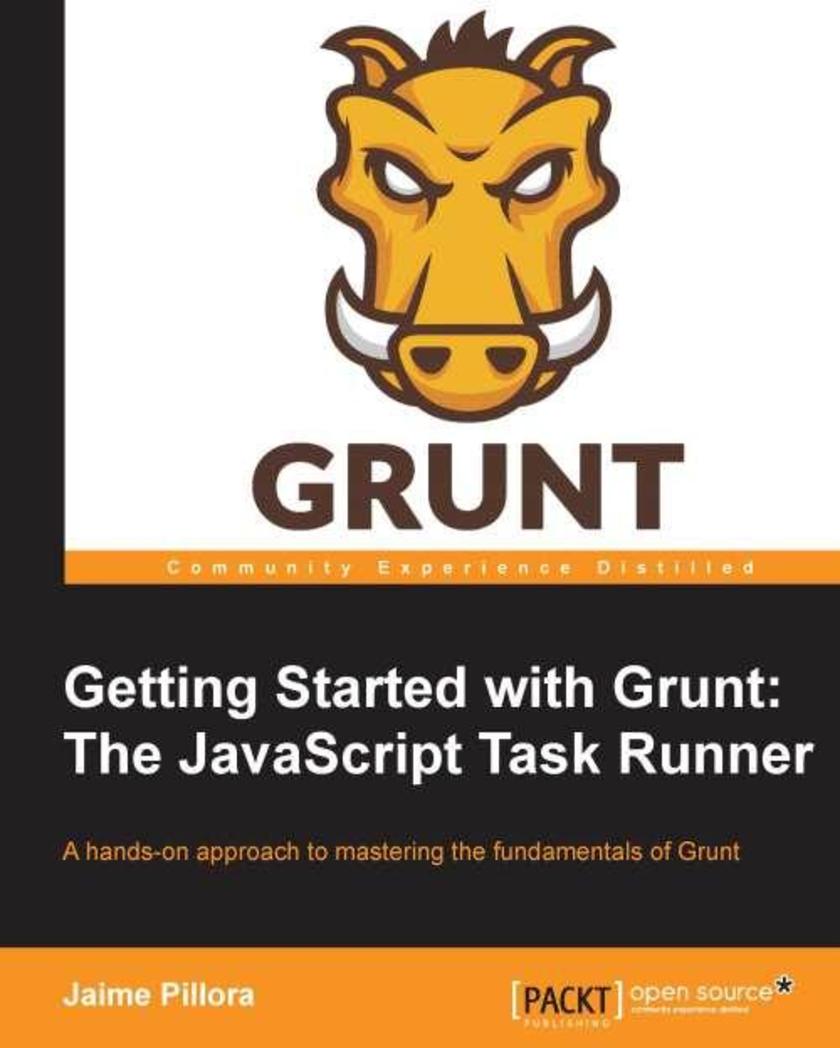
Getting Started with Grunt: The JavaScript Task Runner
¥63.21
A stepbystep, practical tutorial to help you transform into a Grunt poweruser. This book is for JavaScript developers who want to get to grips with GruntJS and use it to build and test their JavaScript applications. The only requirement for this book is a basic understanding of objects and functions in JavaScript.
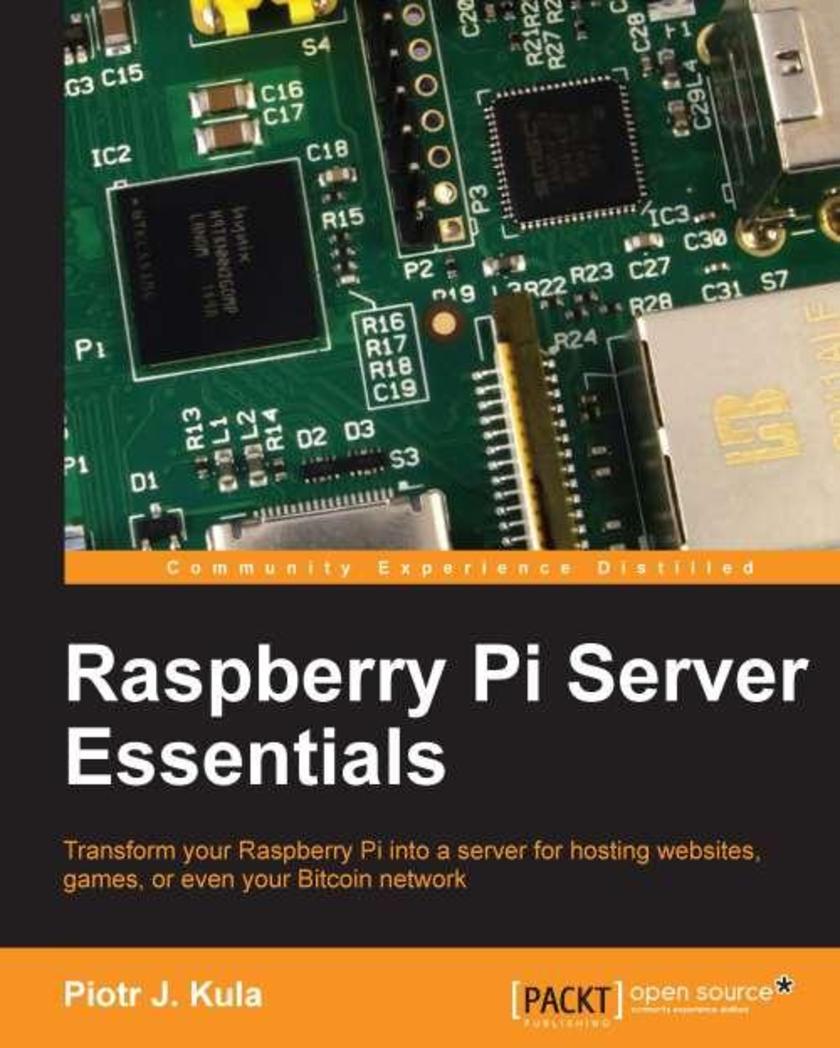
Raspberry Pi Server
¥54.49
This is an engaging, easy to follow guide for developing a wide range of server projects with Raspberry Pi This book is targeted towards all Raspberry Pi enthusiasts who are interested in exploring the potential of Pi as a server. Even if you have no prior experience with the Raspberry Pi, you can pick up this book and develop a wide range of projects.

Backbone.js Patterns and Best Practices
¥71.93
This is a stepbystep guide to design patterns, best practices, and solutions to common problems for Backbone.jsbased application development. This book is for JavaScript developers who work with Backbone.js and want to learn the best design patterns to develop complex web applications. Basic knowledge of Backbone.js and JavaScript is essential.
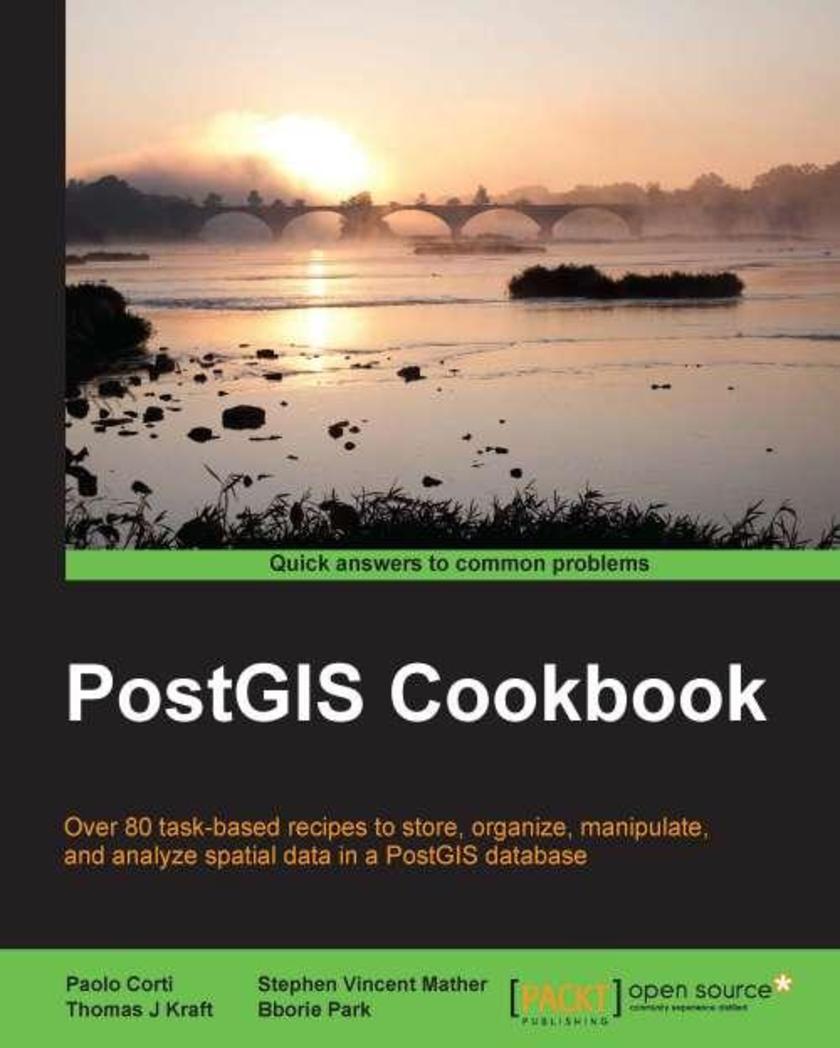
PostGIS Cookbook
¥90.46
An easytouse guide, full of handson recipes for manipulating spatial data in a PostGIS database. Each topic is explained and placed in context, and for the more inquisitive, there are more details of the concepts used. If you are a web developer or a software architect, especially in locationbased companies, and want to expand the range of techniques you are using with PostGIS, then this book is for you. You should have some prior experience with PostgreSQL database and spatial concepts.
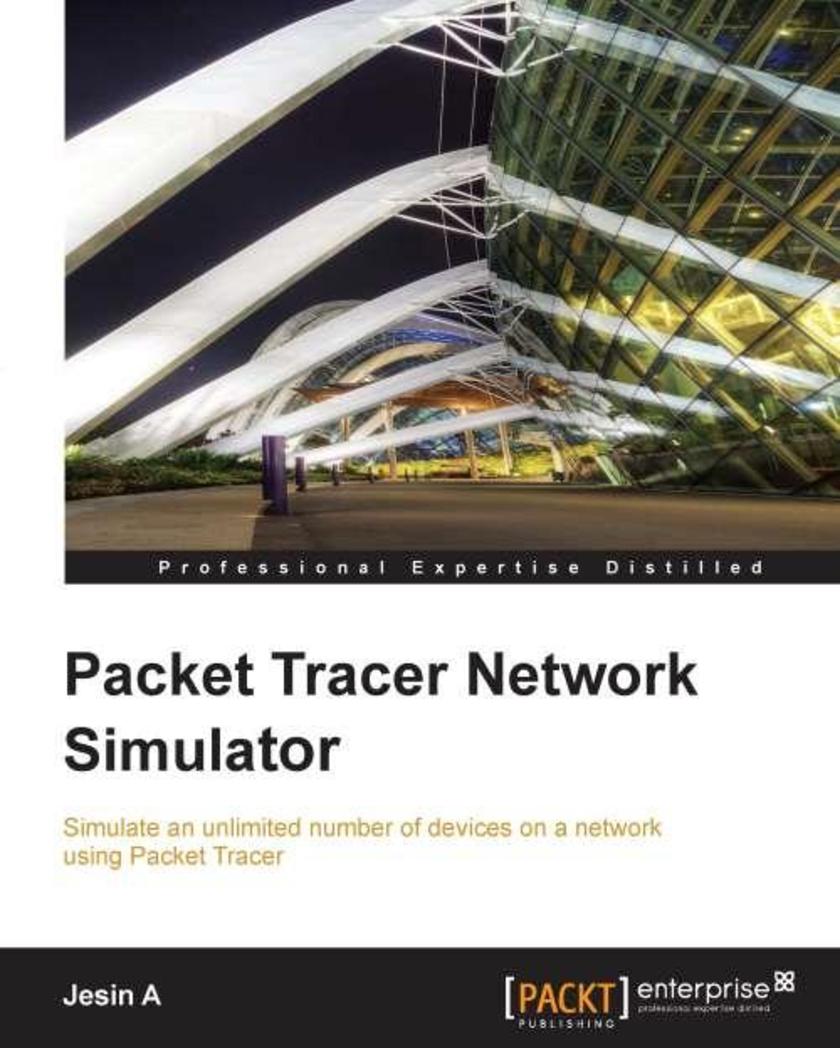
Packet Tracer Network Simulator
¥71.93
A practical, fastpaced guide that gives you all the information you need to successfully create networks and simulate them using Packet Tracer. Packet Tracer Network Simulator is aimed at students, instructors, and network administrators who wish to use this simulator to learn how to perform networking instead of investing in expensive, specialized hardware. This book assumes that you have a good amount of Cisco networking knowledge, and it will focus more on Packet Tracer rather than networking.

Magento Search Engine Optimization
¥63.21
This book is an easytofollow tutorial with best practices and advanced references which will help you to take full advantage of Magento with SEO. This book is aimed at both Magento developers and SEO specialists who wish to optimize search and end user elements such as clickthrough rates to ensure the design of their online shop sites effectively maximize sales. Magento store owners may also find large sections of this book useful in order to understand the larger impact small tweaks and changes can have on SEO especially when editing products and categories. This book assumes that the reader will understand the basic concepts of keyword research and the external factors that are required in order to manage an ongoing SEO campaign.
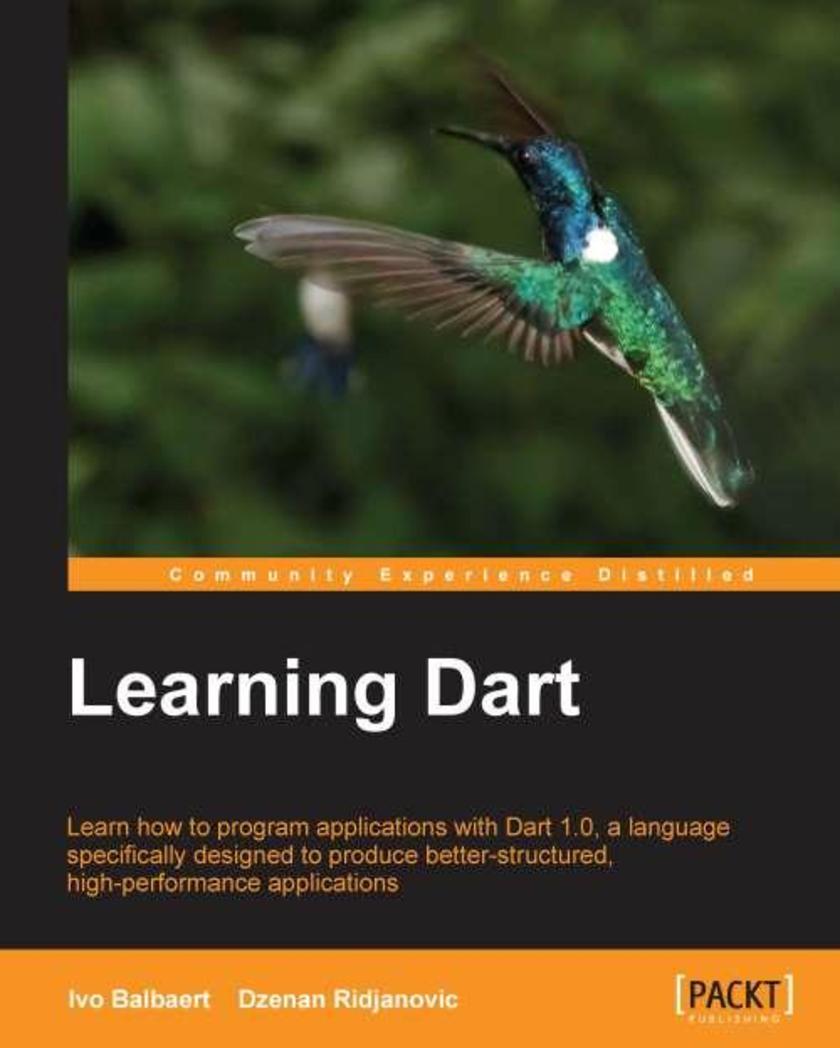
Learning Dart
¥107.90
"Mastering Dart by Projects" is a stepbystep guide that aims to give you handson knowledge about programming in Dart using an examplebased approach.If you want to become a web developer, or perhaps you already are a web developer but you want to add Dart to your tool belt, then this book is for you. This book assumes that you have at least some knowledge of HTML and how web applications work. Some previous programming experience, preferably in a modern language like C#, Java, Python, Ruby, or JavaScript, will also give you a head start. You can also work with Dart on your preferred platform, be it Linux, Mac OS X, or Windows.
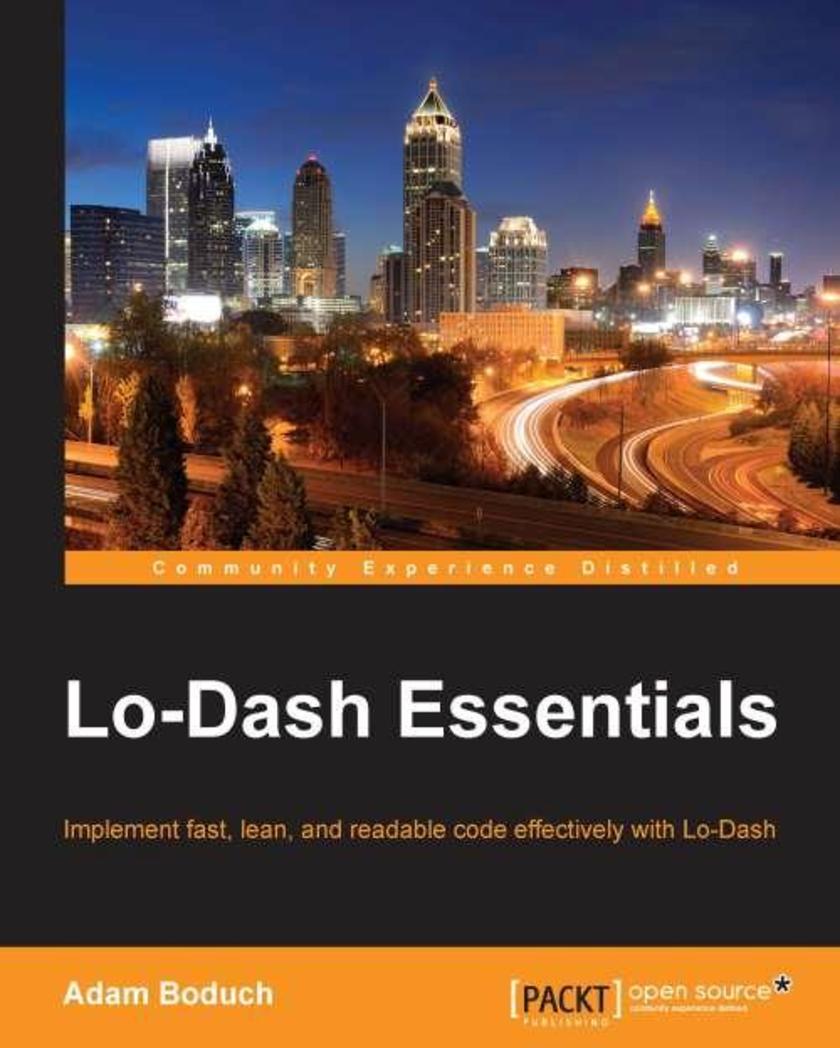
Lo-Dash Essentials
¥80.65
If you are a curious JavaScript developer interested simultaneously in tweaking the efficiency of your code, as well as improving the conciseness of it, and maintaining the readability of it, then this is the book for you. Ideally, the book is intended for readers already working on JavaScript projects and using frameworks such as jQuery and Backbone. Even if you're already using Lo-Dash, this book will show you how to use it efficiently. While extensive JavaScript experience isn't a requirement, you should have at least some prior programming experience in order to best understand the concepts presented.
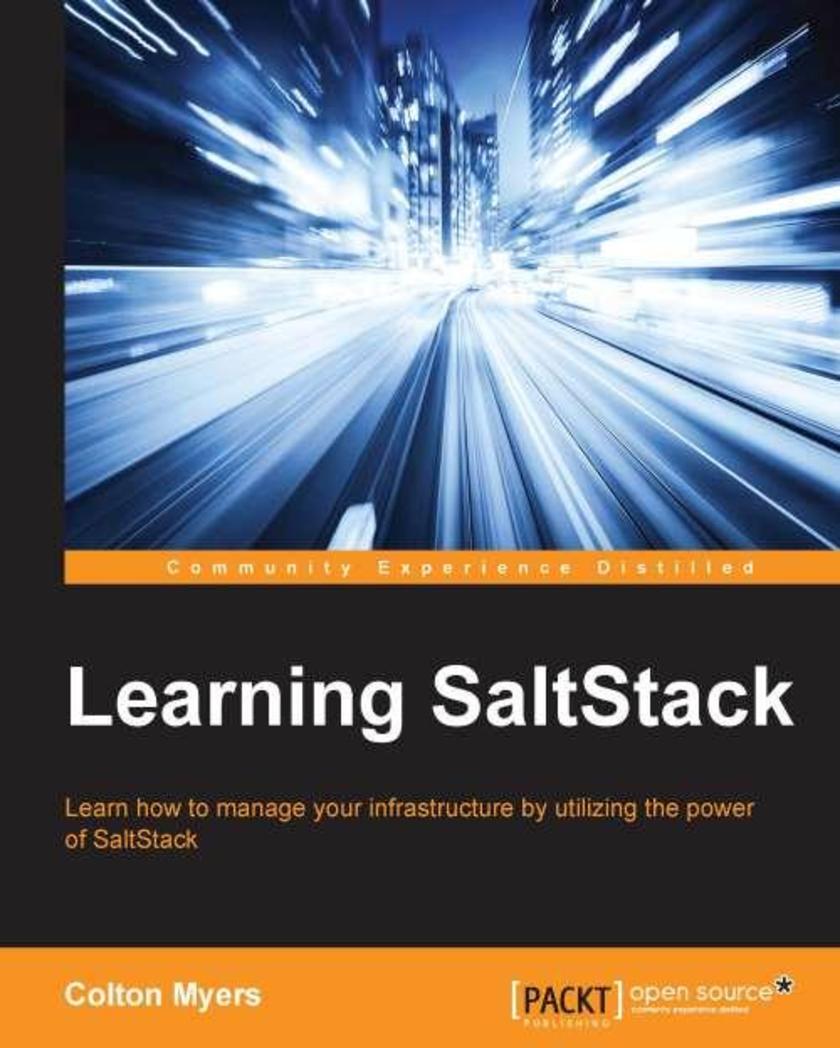
Learning SaltStack
¥54.49
If you are a system administrator who manages multiple servers, then you know how difficult it is to keep your infrastructure in line. If you've been searching for an easier way, this book is for you. No prior experience with SaltStack is required.

Clojure Data Analysis Cookbook - Second Edition
¥99.18
This book is for those with a basic knowledge of Clojure, who are looking to push the language to excel with data analysis.
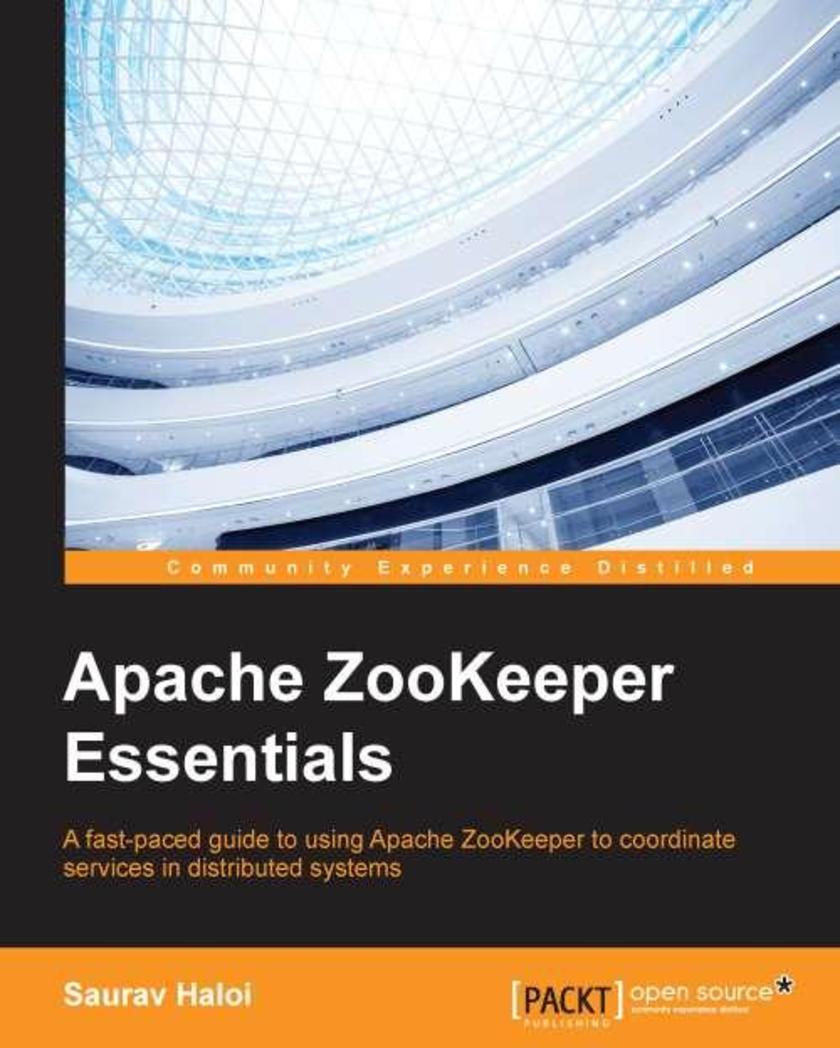
Apache ZooKeeper Essentials
¥54.49
Whether you are a novice to ZooKeeper or already have some experience, you will be able to master the concepts of ZooKeeper and its usage with ease. This book assumes you to have some prior knowledge of distributed systems and high-level programming knowledge of C, Java, or Python, but no experience with Apache ZooKeeper is required.
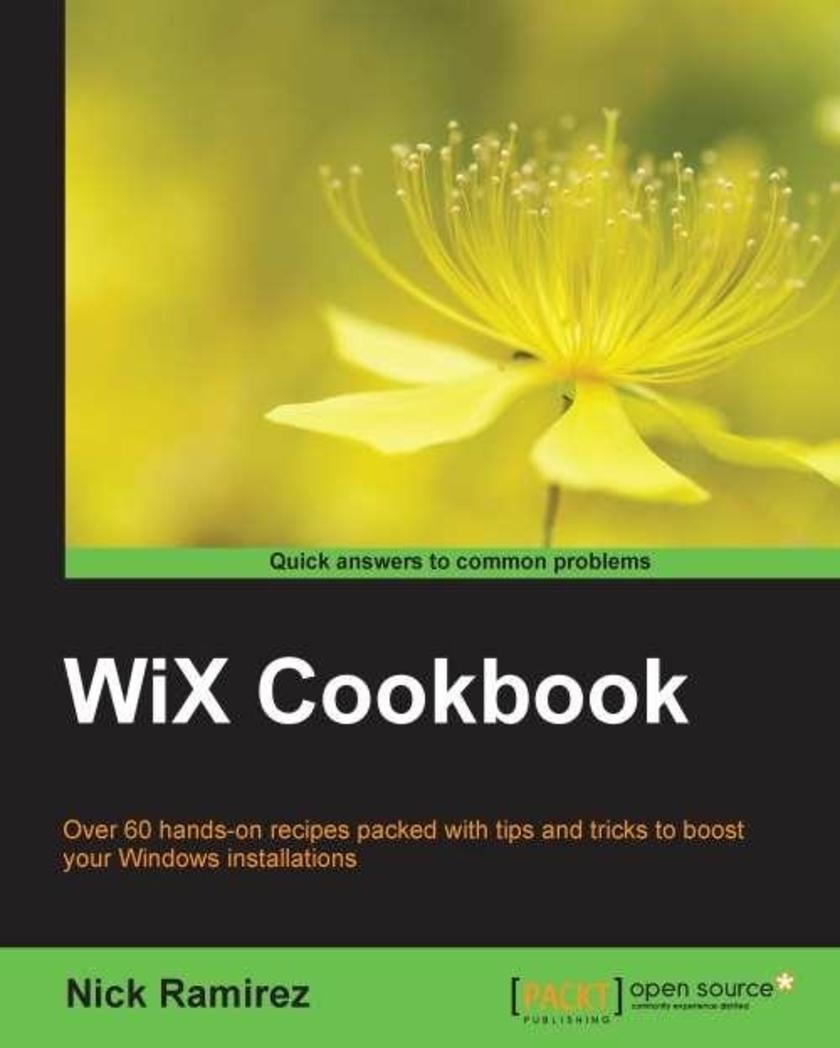
WiX Cookbook
¥80.65
If you are a developer with a good understanding of WiX projects and would like to further explore advanced WiX topics, this book is for you. To get the most out of this book, knowledge of proper XML syntax is recommended.
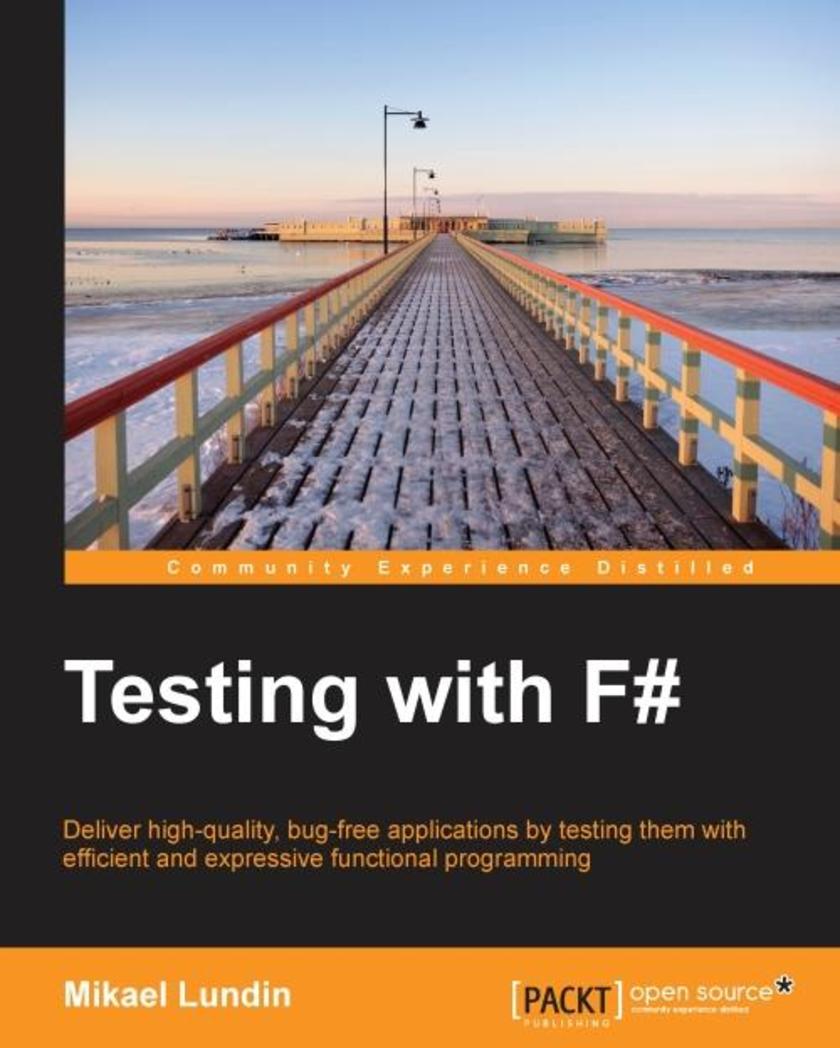
Testing with F#
¥80.65
If you are a developer who wants to test applications using F#, this is the book for you. Basic experience of testing and intermediate experience of functional programming in F# is expected.
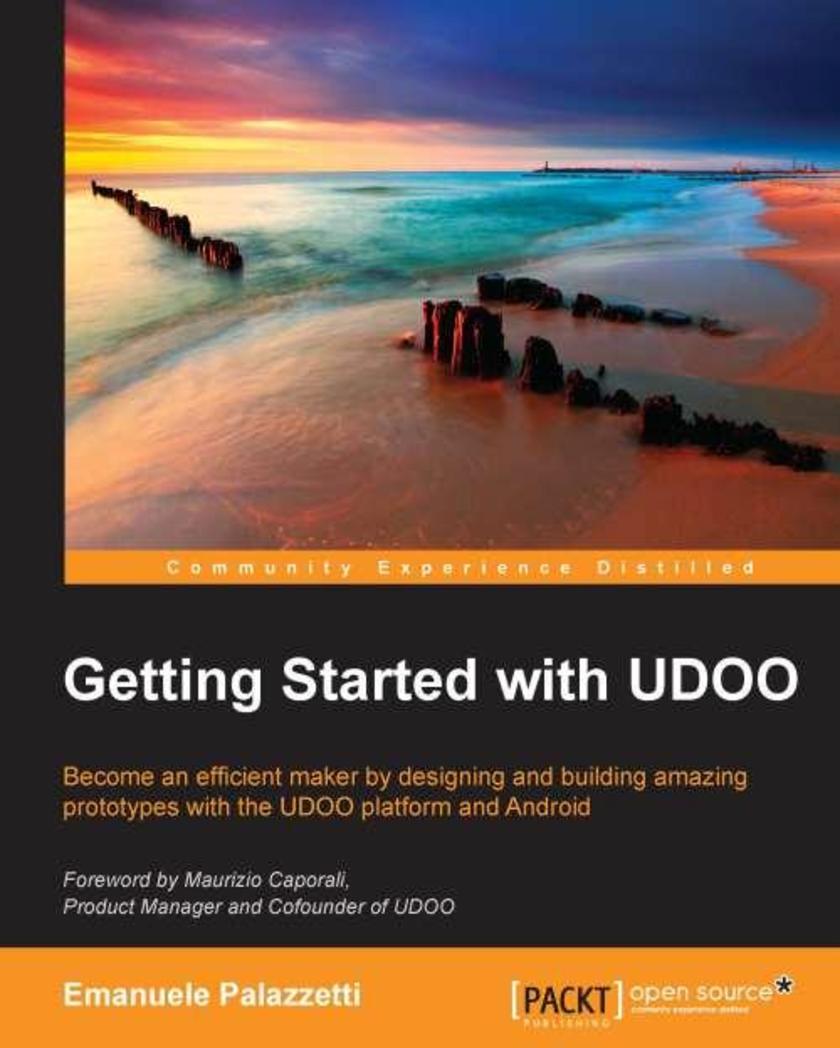
Getting Started with UDOO
¥54.49
If you are an Android developer who wants to learn how to use UDOO to build Android applications that are capable of interacting with their surrounding environment, then this book is ideal for you. Learning UDOO is the next great step to start building your first real-world prototypes powered by the Android operating system.
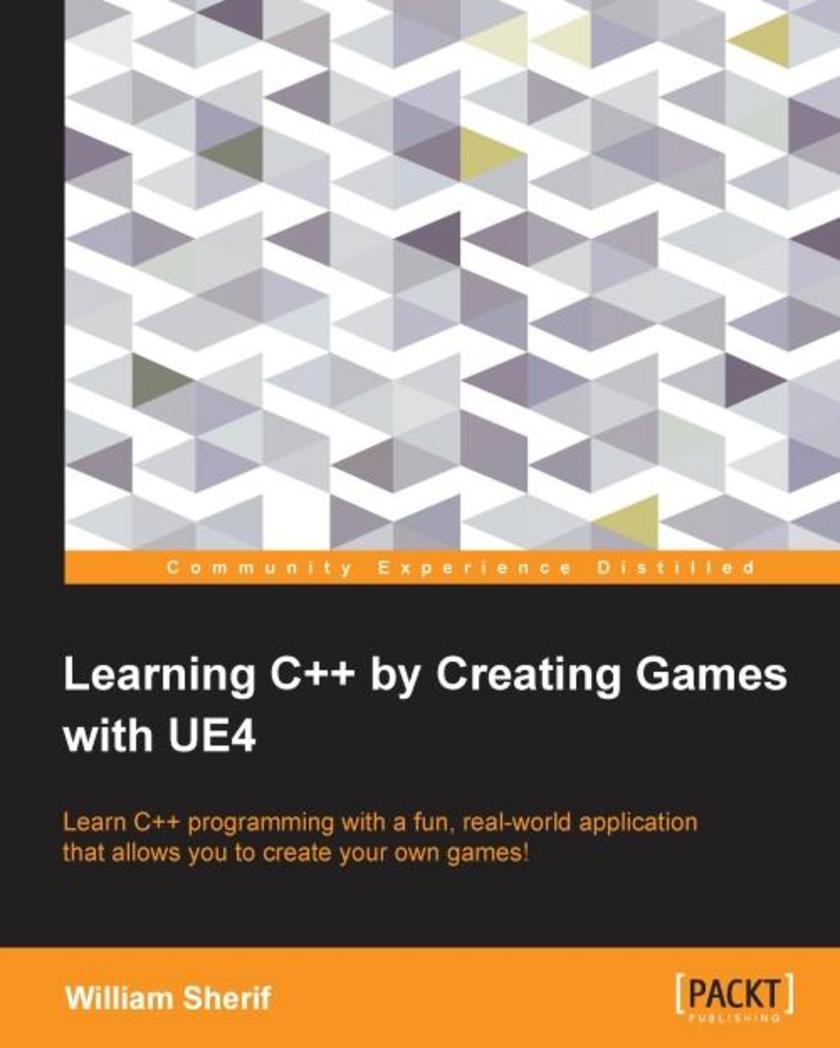
Learning C++ by Creating Games with UE4
¥80.65
If you are really passionate about games and have always wanted to write your own, this book is perfect for you. It will help you get started with programming in C++ and explore the immense functionalities of UE4.
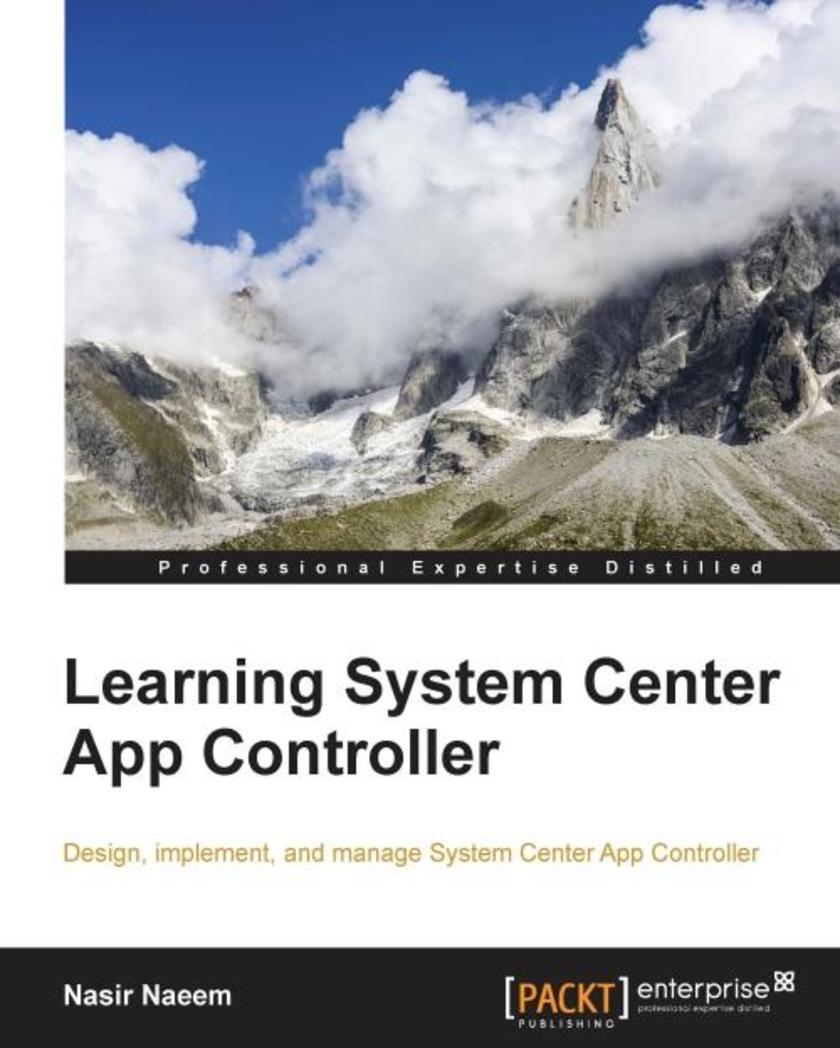
Learning System Center App Controller
¥54.49
This book is intended for IT professionals working with Hyper-V, Azure cloud, VMM, and private cloud technologies who are looking for a quick way to get up and running with System Center 2012 R2 App Controller. To get the most out of this book, you should be familiar with Microsoft Hyper-V technology. Knowledge of Virtual Machine Manager is helpful but not mandatory.
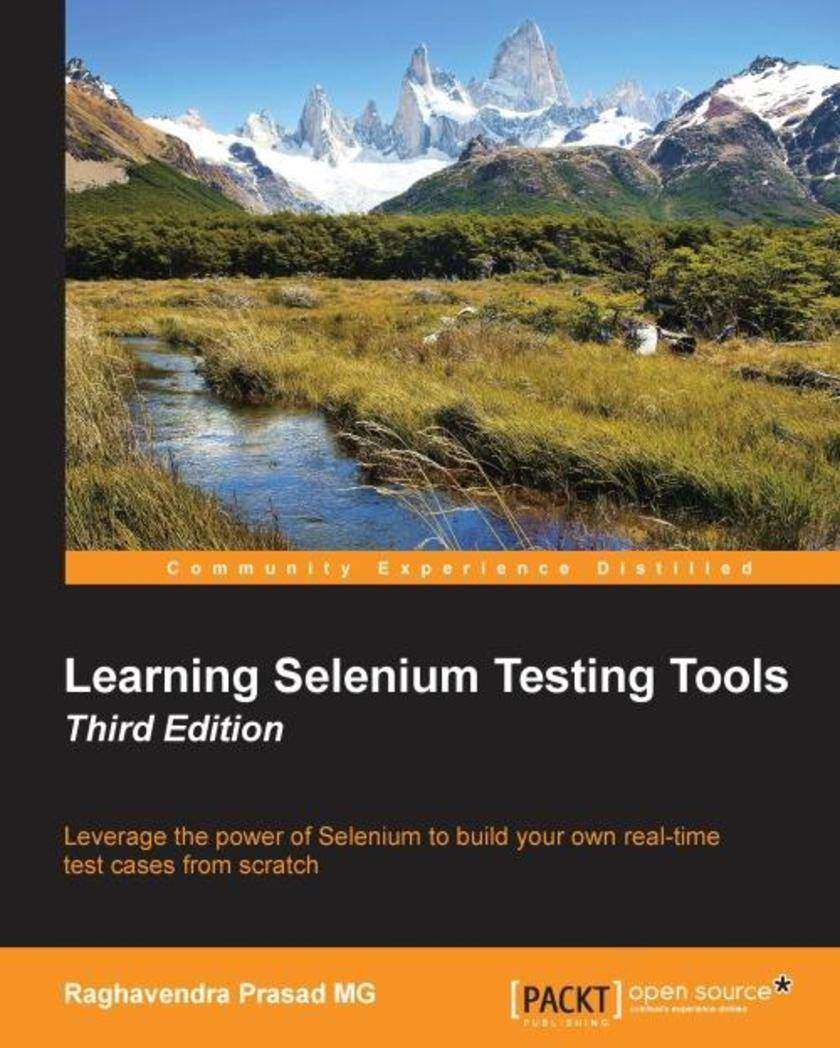
Learning Selenium Testing Tools - Third Edition
¥80.65
If you are a software developer with a basic knowledge of testing and are interested in automated testing using Selenium, this is the book for you. No prior knowledge of Selenium is required.
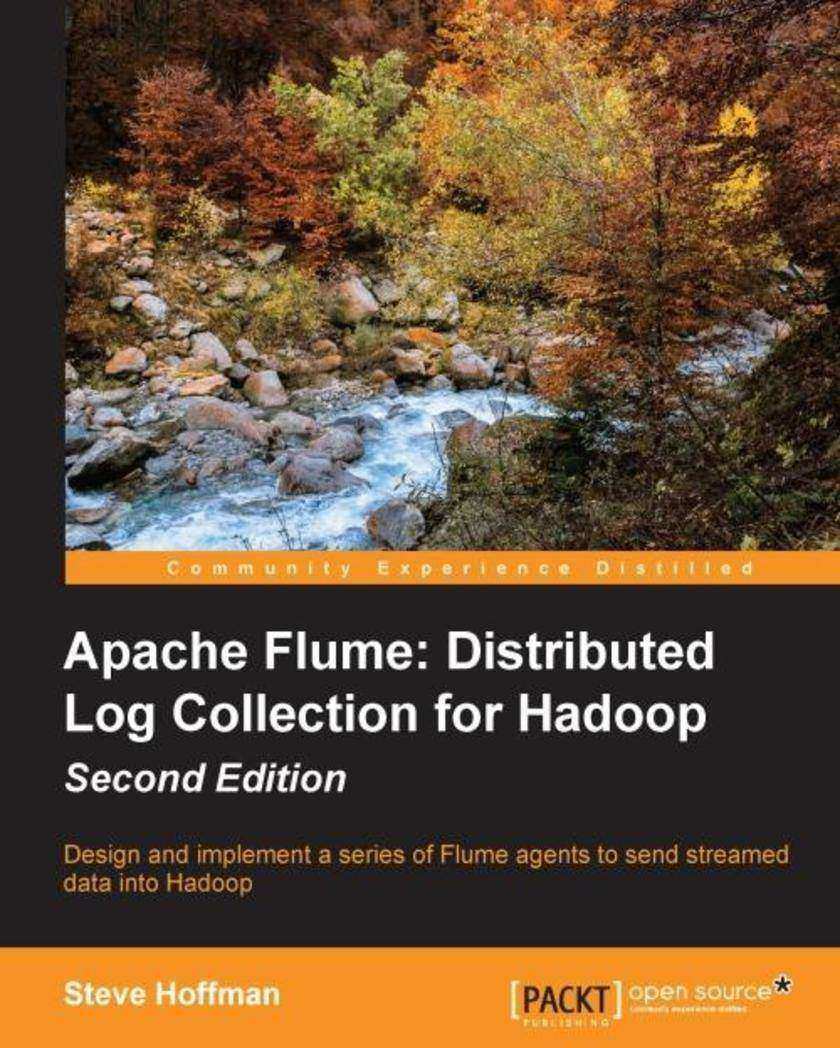
Apache Flume: Distributed Log Collection for Hadoop - Second Edition
¥66.48
If you are a Hadoop programmer who wants to learn about Flume to be able to move datasets into Hadoop in a timely and replicable manner, then this book is ideal for you. No prior knowledge about Apache Flume is necessary, but a basic knowledge of Hadoop and the Hadoop File System (HDFS) is assumed.
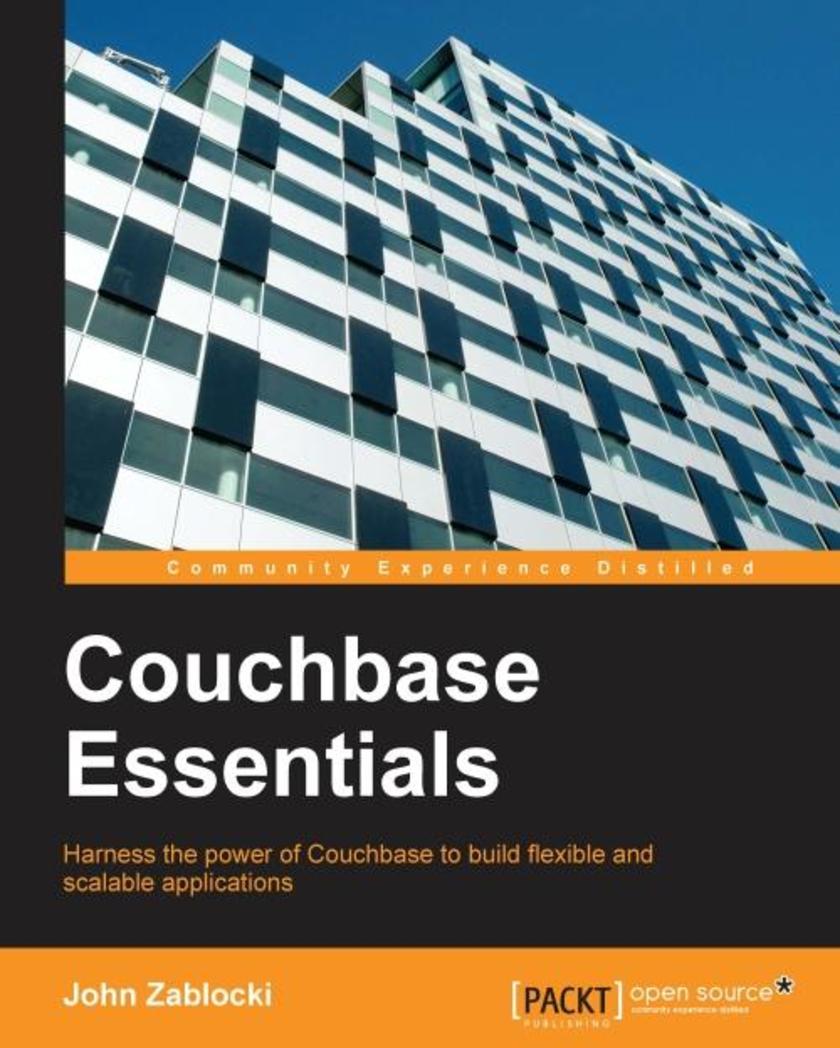
Couchbase Essentials
¥54.49
This book is for those application developers who want to achieve greater flexibility and scalability from their software. Whether you are familiar with other NoSQL databases or have only used relational systems, this book will provide you with enough background to move you along at your own pace. If you are new to NoSQL document databases, the design discussions and introductory material will give you the information you need to get started with Couchbase.




 购物车
购物车 个人中心
个人中心



